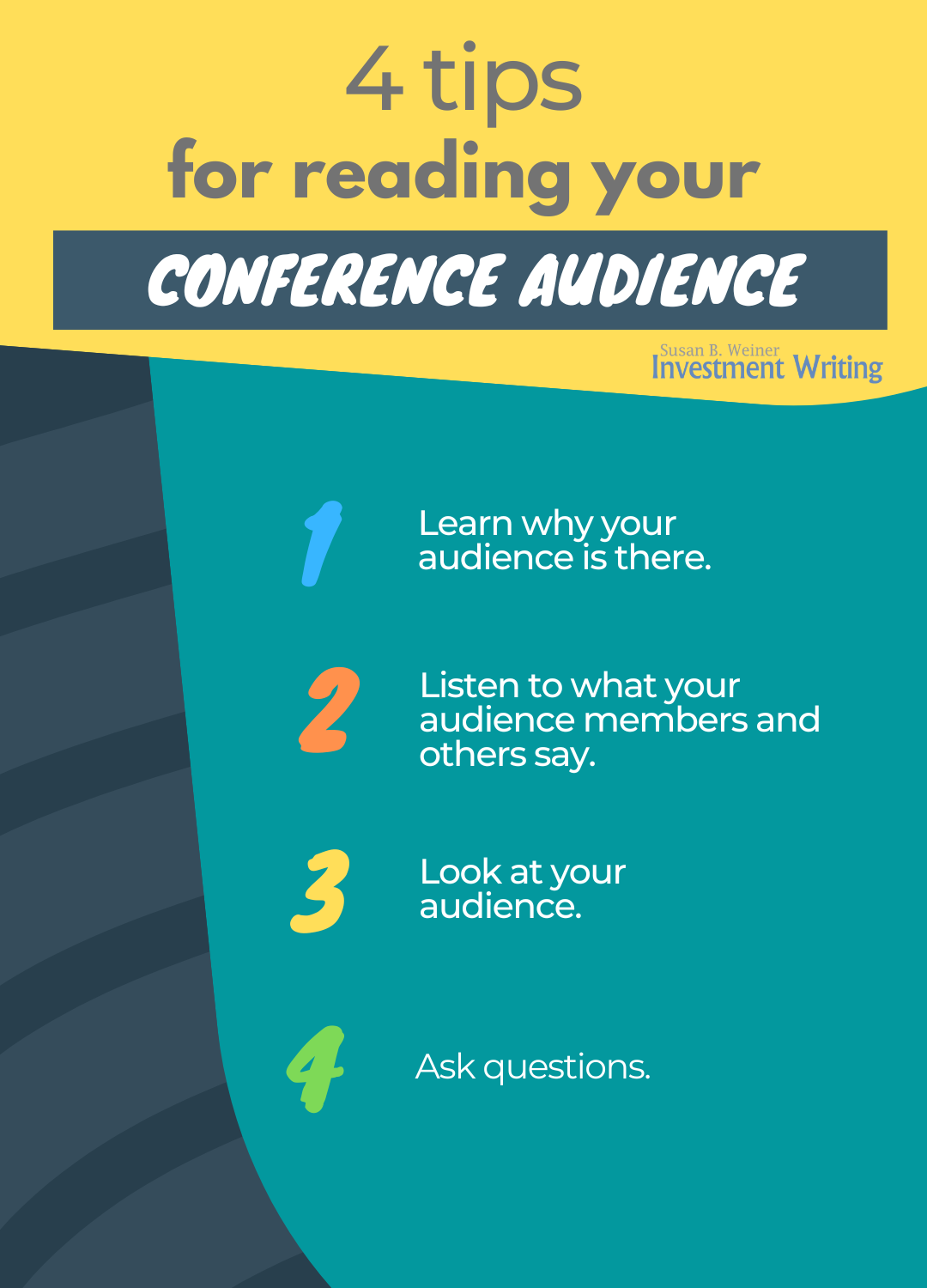Webinar lessons from my annual webinars
Mastering the technology for my first webinar in 2014 was hell, as I have shared in “Tech tips for your educational webinar—learn from my experience.” Things have gotten easier since then, especially because I’ve stuck with GoToWebinar, but things can still go wrong. If you’re an infrequent webinar presenter like me, you can learn from my experience presenting my annual investment commentary webinar.
Lesson 1. Stick with the same software
There may be webinar software that’s better or cheaper than GoToWebinar. But over four years of annual webinars, I’ve learned how to manage its basics. Also, the branding and some other settings that I’ve established in past years carry over from year to year. That saves me time.
You may think that all webinar software functions basically the same. My 2014 experience shifting to GoToWebinar from an awful low-cost provider suggests that’s not true. However, I only have experience with two providers.
Lesson 2. Plan to practice early and often
Things will go wrong with your webinar software. At least, that’s true in my experience. So run practice sessions—including sessions with simulated viewers (and co-organizers, if relevant).
In my experience, moving the cursor is often a source of problems. So, manipulate it a lot. Sabotage yourself, and then practice recovering. Then, if something goes wrong in your live presentation, you’ll recover more rapidly.
By the way, if you’re only moving from slide to slide, you may be able to skip moving your cursor because you can advance slides using an arrow key. However, this means you’re not using tools like polls or highlighters. Nor are you reviewing and managing participant questions or comments. By not using those tools, you lose opportunities to engage your audience. That may hurt the effectiveness of your webinar.
If you uncover problems early enough, you can work with the webinar provider to find a solution that minimizes them. Through multiple exchanges—on the telephone and in the online support community—this year I found a less trouble-prone way to advance my slides.
Lesson 3. Be aware that software may change from year to year
Software changes. There may be “improvements” or the software may change to accommodate new operating systems, like Windows 10.
For example, I believe that, back in 2014, the lines that I drew using GoToWebinar’s drawing tool disappeared when I clicked to the next page. That was convenient. But now I have to erase those lines. That’s an extra step that slows me down so I’ve stopped using the drawing tool.
In short, you assume at your own risk that what works one year will work again the next year.
Lesson 4. The experience of your helpers matters
I’m lucky to have worked with some wonderful helpers on my webinars. One of my helpers had lots more experience in webinar presentations and technology than the others. Her experience made my experience more relaxing.
I highly recommend using helpers to manage your introduction, Q&A, and behind-the-scenes logistics. They’ll improve the experience for you and your audience. However, if you’re a worrywart like me, you’ll also do some practice sessions in which you play all of the roles. In a pinch, I could have introduced myself, launched my polls, and handled technical problems and Q&A on my own. Sure, I would have felt like an anxious mess. But I could have blundered my way through the presentation.
Consider these lessons to give yourself and your audience a better webinar experience.
Image courtesy of Stuart Miles at FreeDigitalPhotos.net.










